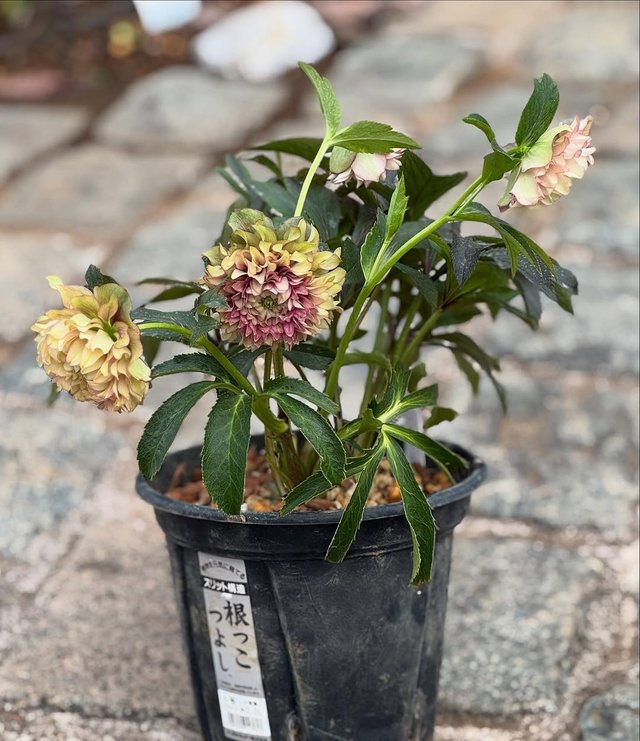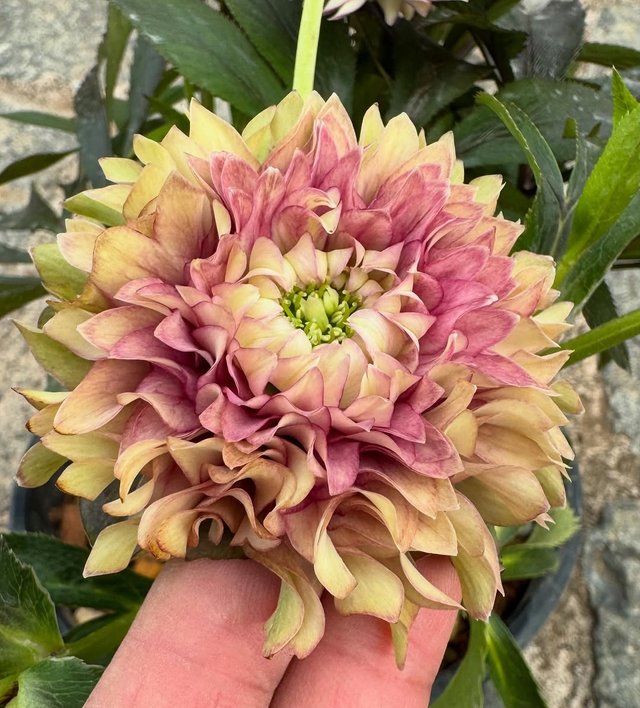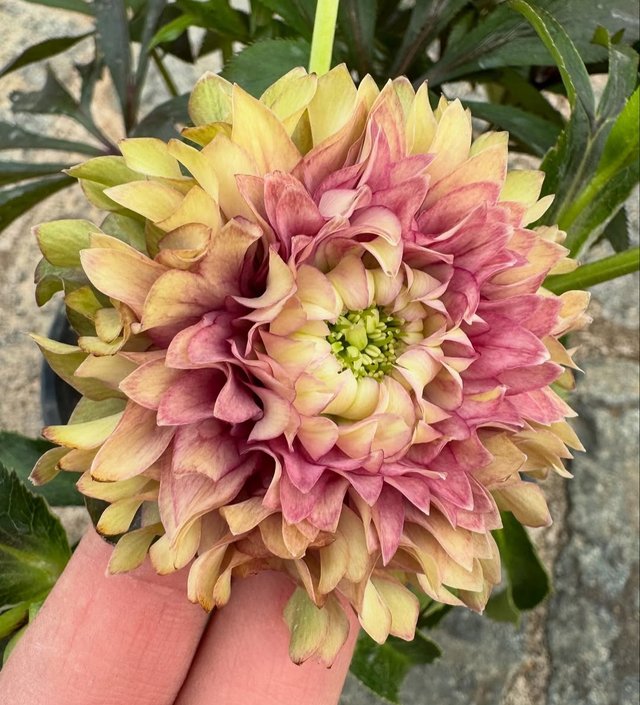Dahlia Flower So Amazing
Dahlia: The Queen of the Garden
Few flowers capture the eye quite like the dahlia. With its endless varieties of color, shape, and size, the dahlia is a true masterpiece of nature and a beloved favorite among gardeners and flower enthusiasts around the world.
A Brief History of the Dahlia
Native to the mountainous regions of Mexico and Central America, dahlias were first discovered by European botanists in the 16th century. The flower was named after Swedish botanist Anders Dahl, a student of Carl Linnaeus, and has since become a symbol of diversity and beauty.
The indigenous peoples of Mexico had long cultivated dahlias, not just for their vibrant appearance, but also for their edible tubers. In fact, some species of dahlia were used as a food source, similar to potatoes. When the Spanish brought dahlias back to Europe, their ornamental potential quickly overshadowed their culinary uses, and soon they became a fixture in botanical gardens and aristocratic estates.
Dahlia Symbolism and Meaning
Throughout history, the dahlia has been rich in symbolism. It often represents inner strength, creativity, elegance, and dignity. In Victorian times, giving someone a dahlia was seen as a symbol of commitment and an everlasting bond—making them a popular choice in romantic arrangements and weddings.
Because of the plant’s wide diversity and capacity to flourish in many different conditions, dahlias also symbolize adaptability and the ability to thrive under pressure.
Types and Varieties
One of the most fascinating things about dahlias is their incredible variety. There are over 42 species and thousands of cultivars, classified by the American Dahlia Society into several different types based on shape and size. Some of the most popular types include:Pompon and Ball Dahlias: Small, perfectly round blooms with tightly arranged petals.
Cactus Dahlias: Spiky, dramatic petals that give a bold, modern look.




%20(7).jpeg)